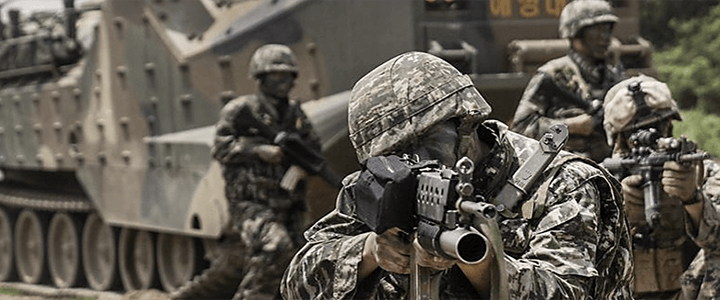Last week in Part 2, we drilled down into the 10 MOSs in the Rand Corporation’s report to reveal the top three civilian job matches in each of the referenced MOSs, along with the median pay and minimum education requirements for each one. In Part 3, we look at how the education required to hold some positions affect the number of matches in the report – specifically the ones requiring a bachelor’s degree or higher.
Depending on the job pursued, some veterans may increase their job prospects greatly by first getting more than the minimum education required for a job. They can accomplish this by using the Tuition Assistance and Top-Up programs while still serving to get their requisite education out of the way before getting out. This accomplished two things:
- It better prepares them to enter the civilian job market.
- It preserves GI Bill entitlement which can either be transferred to a dependent or used by the veteran to get an advanced degree once out of the military.
By getting a four-year degree while serving, there is minimal lag time in gaining employment upon separation because the individual is already qualified education-wise for a larger number of higher-graded positions. Of course, an alternate plan could be to use the GI Bill to go to college after getting out, but before seeking civilian employment. Under either education plan, a veteran will be better positioned to not only get hired into a job, but into a higher graded (and usually higher paying) job other than entry level.
As a recap, the MOSs referenced in the report are:
- 11B (Infantryman)
- 12B (Combat Engineer)
- 13B (Cannon Crewmember)
- 19D (Calvary Scout)
- 19K (M1 Armor Crewman)
- 31B Military Police)
- 35F (Intelligence Analyst)
- 68W (Healthcare Specialist)
- 91B (Wheeled Vehicle Mechanic)
- 92Y (Unit Supply Specialist)
In the table below, let’s look at a comparison between four types of job matches for each MOS: General, MOS-Specific, High-Quality and Matches Requiring at least a Bachelor’s Degree.
| MOS | General Matches | Specific-MOS Matches | High-Quality Matches | Matches Requiring
at least a Bachelor’s Degree |
| 11B | 12 | 0 | 13 | 0 |
| 12B | 60 | 18 | 92 | 14 |
| 13B | 41 | 7 | 48 | 0 |
| 19D | 55 | 13 | 70 | 2 |
| 19K | 13 | 0 | 13 | 0 |
| 31B | 30 | 3 | 46 | 13 |
| 35F | 23 | 30 | 256 | 203 |
| 68W | 35 | 6 | 54 | 13 |
| 91B | 50 | 43 | 95 | 2 |
| 92Y | 49 | 132 | 363 | 182 |
NOTE: In most cases, the education requirements for each type of match are as follows:
- General – High school diploma to post-secondary certification
- MOS-Specific – High school diploma to associate’s (two-year) degree
- High-Quality – Postsecondary certification to associate’s degree
- At Least a Bachelor’s Degree – Four-year, Master’s or Doctorate degree required
What does the information in the chart tell us about education requirements? Basically, two things.
First, in general the combat arms MOSs (11, 13 and 19s) have fewer MOS-specific matches and opportunities in jobs requiring a four-year degree or higher. Jobs qualified to hold will be more general in nature and on the lower end of the pay scale without additional education.
Second, the top two MOSs that have the greatest number of high-quality matches and matches requiring a bachelor’s degree are in the Intel (35F) and Logistics (92Y) communities. Soldiers in these fields have greater opportunities coming right out of the military at both higher-graded and better paying positions. With some additional education, their opportunities (and starting pay) can soar even higher.
Next week we put it all together and show how to use this information to better match military personnel to civilian job opportunities based on their skills and education when transitioning out of the military.


